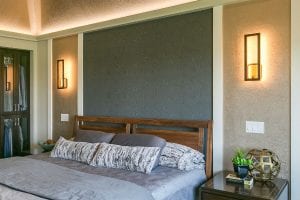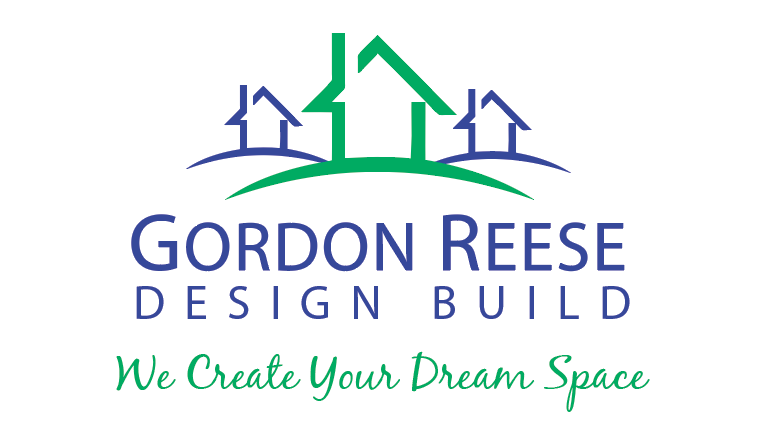Not a lot of homeowners realize this, but room additions are one of the best investments you can make for your home. Aside from adding to your home’s market value and usability, room additions can also add to your home’s personal and emotional value.
They’re the best way to create a living space that is uniquely your own without starting from scratch.
But it’s important to note that you won’t get a dollar-for-dollar payback immediately. The whole nature of investments is that they take time to build up. The good news, however, is that they do so exponentially.
What’s more, home and real estate investments tend to appreciate. There are certainly factors that can affect the rate and value of the appreciation, but the fact remains that the value increases.
Can a room addition raise the value of an old home? If so, how much?
Contents
Room Additions: Factors to Consider
Here’s the thing: generalization is neither the most dependable nor the most accurate approach to things concerning actual monetary (or market) value.
As we mentioned earlier, there are factors that can greatly affect the rate and value of your investment. For starters:
Type of Room Addition– the top two room additions that add the most value to a home are kitchen and bathroom additions. A minor kitchen remodel can return roughly 80% value whereas a midrange master suite addition can return more than 55%.
Building Size versus Lot Size– a room addition will certainly add on to your home’s current blueprint, but it won’t add on to your overall lot size. Depending on where you are, a spacious outdoor area may be more preferable than a spacious indoor area—in which case your room addition may not add much value.
House & Lot Location– where you live can also affect the appreciation rate. High-end neighborhoods and cities with a high cost of living may have a lower value return percentage than those with a lower cost; simply because the initial investment in a high-end neighborhood would be slightly more lavish.
House & Lot Condition– it’ll cost a lot more to spruce up an older, more dilapidated building than a newer, recently built house. So just like house and lot location, the value return percentage for house and lot condition will be affected due to the initial investment.
Types of Room Additions and Possible Value
The type of room addition is arguably one of the biggest factors for calculating value added and/or returned. Kitchens and bathrooms may give the best Return on Invement, but other room additions certainly aren’t without merit.
If you would rather add a new bedroom instead of a bathroom, don’t sweat; it will still eventually add value to your overall property.
Adding a Bedroom
 Adding a midrange master suite—rather than a standard bedroom—to your home can give you roughly 57% return value. That figure does depend on several other factors, but it’s currently the most conservative guesstimate.
Adding a midrange master suite—rather than a standard bedroom—to your home can give you roughly 57% return value. That figure does depend on several other factors, but it’s currently the most conservative guesstimate.
A higher or upscale master suite, on the other hand, may return less than 50%—especially if there are tons of extra built-in amenities.
Want something a little different but will still bring in the big bucks? Consider adding a shed roof dormer to create an attic bedroom. Not only does this add to your blueprint without compromising lot size, but data shows that an attic bedroom addition can return as much as 80% of value.
Adding a Wooden Deck
While not necessarily a “room addition,” some homeowners and home remodeling contractors will consider an outside wraparound deck an addition to your outdoor living space. A wood deck can really bring up the price and market value of an old home-between 70% to 80% return value.
Adding a Sunroom
A sunroom is typically an unheated room that’s made up mostly of windows. They’re designed in such a way that you can enjoy the weather without going outside.
Think of them like indoor greenhouses without the plants. Pretty simple, straightforward, and growing popular right now.
The best part? Since sunrooms don’t really need heating or cooling, the initial investment won’t be as steep compared to other room additions that will need electrical wiring and HVAC work.
The average value return from a sunroom is around 60%.
Adding a Kitchen and/or Bathroom
Here we go; the big two.
Kitchens and bathrooms are the two rooms that sell homes. They are, indeed, the first rooms prospective homeowners ask to look at, and they play a huge role in most final purchasing decisions.
A kitchen addition can return anywhere between 60% to 80% value. A bathroom addition can return about the same.
The best part? These two rooms are extremely practical and highly functional. So even if your initial investment in either of these room additions is a little more exorbitant than you planned, you still get a good amount of use value out of them.
The Takeaway
Although some homeowners might call room additions “expensive,” the truth of the matter is that they’re not one-time purchases; they’re investments. And as such, spending money on them is—often—extremely worth it.
Just don’t get carried away.
The question of “how much” when it comes to room additions will always beget an “it depends” sort of answer since there are so many independent variables to consider. We advise tempering your enthusiasm with research and patience.

Recent Comments